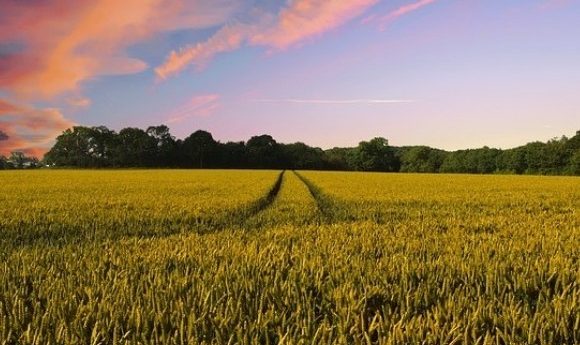Manipulating crops to cope with climate change

As global temperatures rise and regions become exposed to increasingly extreme conditions such as droughts, the need for hardy, water-efficient crops grows. Through the study of leaf stomata, research teams from the UK may have found the key to blow a breath of fresh air into plant sciences.
A recent research collaboration between the University of Nottingham, Lancaster University and the University of Sheffield, led by the latter’s Institute for Sustainable Food, has established the causal nature by which plants develop leaf stomata and air channels to supply CO2 to each cell. The finding could have far-reaching implications for the development of crops that are more resistant to the extreme weather conditions that are likely to develop with the advance of global warming.
The presence of stomata and air channels in plants have long been established in the field of botany. The relationship between the two, however, has not previously been established. “Scientists have suspected for a long time that the development of stomata and the development of air spaces within a leaf are coordinated. However, we weren’t really sure which drove the other. So this started as a ‘what came first, the chicken or the egg?’ question,” Marjorie Lundgren (Lancaster University) explained.
“Until now, the way plants form their intricate patterns of air channels has remained surprisingly mysterious to plant scientists. This major discovery shows that the movement of air through leaves shapes their internal workings – which has implications for the way we think about evolution in plants,”
To explore this question, the collaborative team used a combination of genetic manipulation and X-ray CT imaging techniques to study a variety of species with differing leaf structures. Previously, the use of X-ray CT image analysis in plant sciences has been limited to studying root growth, however, this new application of the technique has allowed the researchers to construct 3D images of a leaf’s cellular structure.
The results of the study showed that the propagation of air channels is stimulated by the development of a stoma. What’s more, the flow of air into the stomata influences the expansion and development of the channels: with no air flow, there is no expansion.
-
New photorespiratory pathways: the key to humanity’s survival?
-
The not so a-maize-ing effects of corn
-
Mapping the course of climate change
A further finding of the study was that wheat plants have been selectively bred since the agricultural revolution to have fewer stomata and, therefore, fewer air channels. This leads to denser leaves and, consequently, a lower water requirement for growth.
“Until now, the way plants form their intricate patterns of air channels has remained surprisingly mysterious to plant scientists. This major discovery shows that the movement of air through leaves shapes their internal workings – which has implications for the way we think about evolution in plants,” remarked Andrew Fleming (University of Sheffield).
With this knowledge of air channel formation and previous patterns of plant evolution induced by humans, researchers may now be able to identify how to increase the water efficiency of core crops such as wheat. This could prove of vital importance to regions that will be worst affected by the continual rise of global temperatures.





